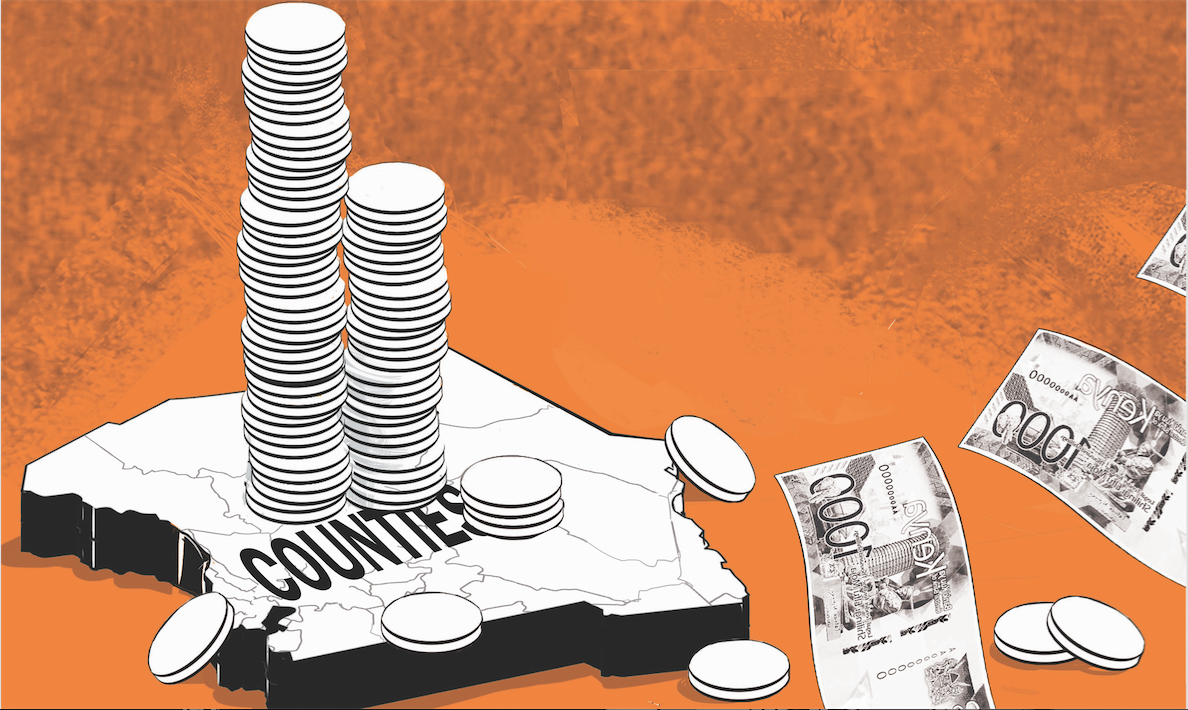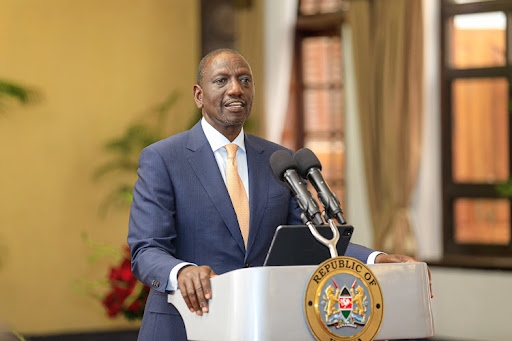

I have long celebrated Kenya’s devolution as a daring leap to empower communities, yet its current failures weigh heavily on my conscience.
The Controller of Budget’s report for July to December 2024 lays bare a grim reality: counties spent a mere Sh33.6 billion of their Sh211.53 billion development budget—a 16 per cent absorption rate, the share of allocated funds turned into tangible projects like roads or clinics, exposing how poorly resources are used. Instead, Sh195.11 billion—85.3 per cent of spending—fattened recurrent costs like salaries.
Nairobi’s six per cent, Kisumu’s six per cent and Lamu’s five per cent absorption rates betray devolution’s grassroots promise, though Mandera’s 32 per cent and Narok’s 30 per cent flicker with possibility.
The 47-county model splinters resources, but I see salvation in economic clusters—14 cooperative zones uniting all 47 counties to pool funds and align economies without erasing boundaries. These clusters, a moral and practical imperative, can lift absorption, trade and efficiency, drawing inspiration from the USA, India and China.
The 47-county system breeds waste, not progress. Each county’s bureaucracy—assemblies, executives and IFMIS setups—gobbles up Sh150-200 billion yearly, nearly half the Sh411 billion equitable share. Salaries alone devoured Sh108.8 billion in the first half of 2024, 47.6 per cent of spending, flouting the 35 per cent cap, while development withered at 14.7 per cent.
IFMIS, meant to streamline budgets and procurement, stumbles under fragmented oversight, leaving Sh72 billion unspent despite Sh162.71 billion disbursed. Counties owe Sh156 billion in pending bills, choking SMEs, while levies – like Kiambu’s Sh200 per tonne on Machakos sand – stifle trade. The informal sector, fuelling 33 per cent of GDP, languishes in this chaos. Globally, larger units shine: California, India and China show Kenya a better path.
I turn to California, with 39 million people and a $54.9 billion development spend (19 per cent of its 2022 budget), India’s Maharashtra, with 128 million and 20 per cent on infrastructure, and China’s Guangdong, with 126 million and 30 per cent on roads and ports, as mirrors for Kenya. These regions harness scale and informal economies—India’s 35 per cent informal workforce—while Kenya’s 1-2 per cent GDP development spend lags behind global norms of 10-12 per cent.
Economic clusters cut waste, optimising IFMIS to save Sh75-100 billion yearly. Pooling Sh20-30 billion per cluster—three times a county’s Sh8.7 billion—funds projects like California’s transit lines. Informal workers, 80 per cent of Kenya’s labour, thrive in levy-free markets, boosting own-source revenue beyond Sh19.95 billion (24.9 per cent of 2024 first half’s Sh80.20 billion target). India’s state clusters show how; Kenya’s 14 can follow.
Using the 2019
census, putting Kenya’s population at 47,564,296, the clusters are:
Nairobi Metro (Nairobi, Kiambu, Machakos; 8,236,740); South Coast (Mombasa, Kwale, Kilifi; 3,528,940); North Coast (Lamu, Tana River, Garissa; 1,301,216); North Eastern (Mandera, Wajir; 1,648,720); Eastern North (Marsabit, Isiolo, Samburu; 1,038,114); Eastern Central (Meru, Tharaka Nithi, Embu; 2,547,490); Eastern South (Kitui, Makueni, Taita Taveta; 2,464,511); Rift Central (Nakuru, Nyandarua, Nyeri, Laikipia; 4,078,215); Rift North (Uasin Gishu, Nandi, Trans Nzoia, Elgeyo Marakwet; 3,493,718); Rift West (Kakamega, Vihiga, Bungoma, Busia; 5,021,843); Rift South (Narok, Kajiado, Bomet, Kisii, Nyamira; 5,023,838); Nyanza West (Kisumu, Siaya; 2,148,757); Nyanza South (Homa Bay, Migori, Kericho; 3,150,163); North West (Turkana, West Pokot, Baringo; 2,214,980)
Success hinges on lifting absorption to 25-30 per cent (from 16 per cent), cutting recurrent spending to 70-75 per cent (from 85.3 per cent), growing trade 10-15 per cent (Sh2-3 billion), raising own-source revenue to Sh40-60 billion, and saving Sh75-100 billion.
Clusters harness informal economies and save billions. Governors must act, or devolution fails. Our people deserve better.
Social consciousness theorist, a corporate trainer & speaker & author of 'The Gigantomachy of Samaismela' and 'The Trouble with Kenya: McKenzian Blueprint'

















